Salmon forecast meeting reveals a mixed bag abundance of Chinook and coho as the fishing season setting process gets underway Leave a reply
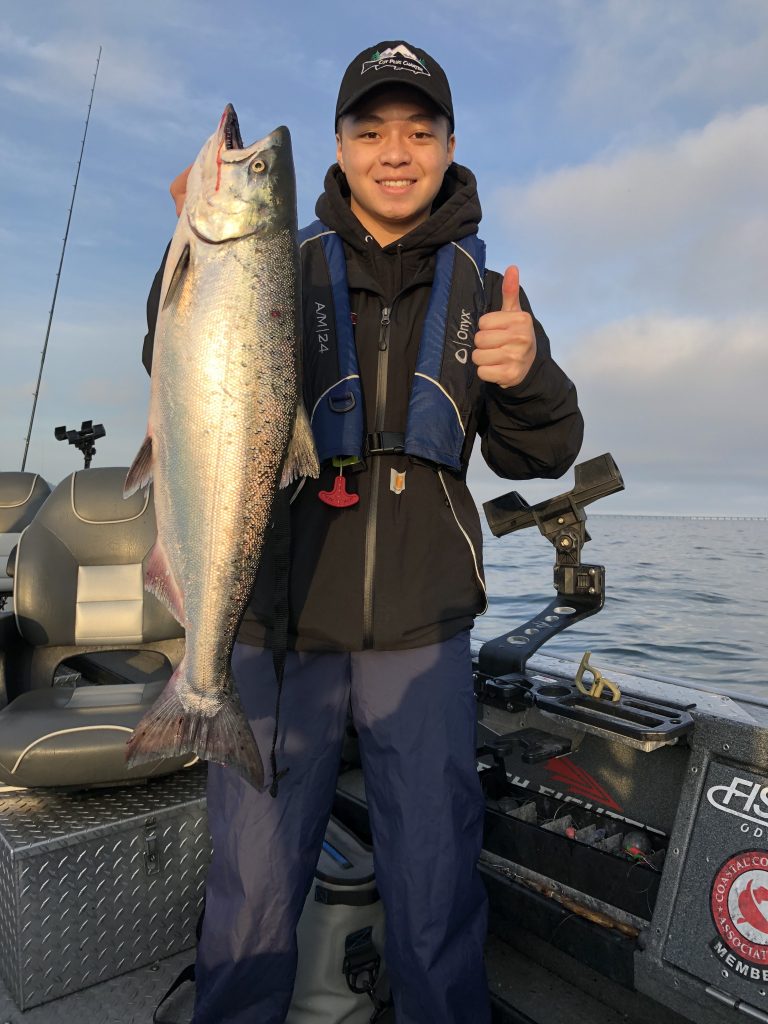
Contributed by Mark Yuasa, WDFW
The marathon process of setting statewide salmon fishing seasons began today (March 4) as the Washington Department of Fish and Wildlife (WDFW) unveiled the 2022 preliminary salmon forecasts.
While we’re just at the starting line, what has already come to light is the possibility of several Chinook and coho stocks limiting fisheries within Puget Sound. It is likely lower fish abundances and forecasts will once again make the conversation around expanding sport fisheries that much harder during the 2022-2023 season.
Kelly Susewind, the WDFW director, said there will be some constraints as usual and “we’ll continue to carve out any fishing opportunity we can but we need to put conservation in place first.”
On a much brighter note, for the second year in a row, the summer and fall Chinook and coho forecasts for the Columbia River has increased and could generate decent fishing off the coast and in the “Big-C” from Buoy 10 upstream to as far as the Brewster Pool this summer/fall. Three ocean salmon fishing options will come to light sometime next week at the Pacific Fishery Management Council (PFMC) meeting in San Jose, CA.
The prediction of 484,900 fall Chinook in 2022 is slightly higher than the 2021 actual return of 481,300 but below the forecast of 580,800.
The upriver bright Chinook return forecast is 230,400 (354,200 was forecast and 239,900 was the actual return in 2021, and 233,400 and 299,300 in 2020). The upriver bright portion is 55% of the 10-year average.
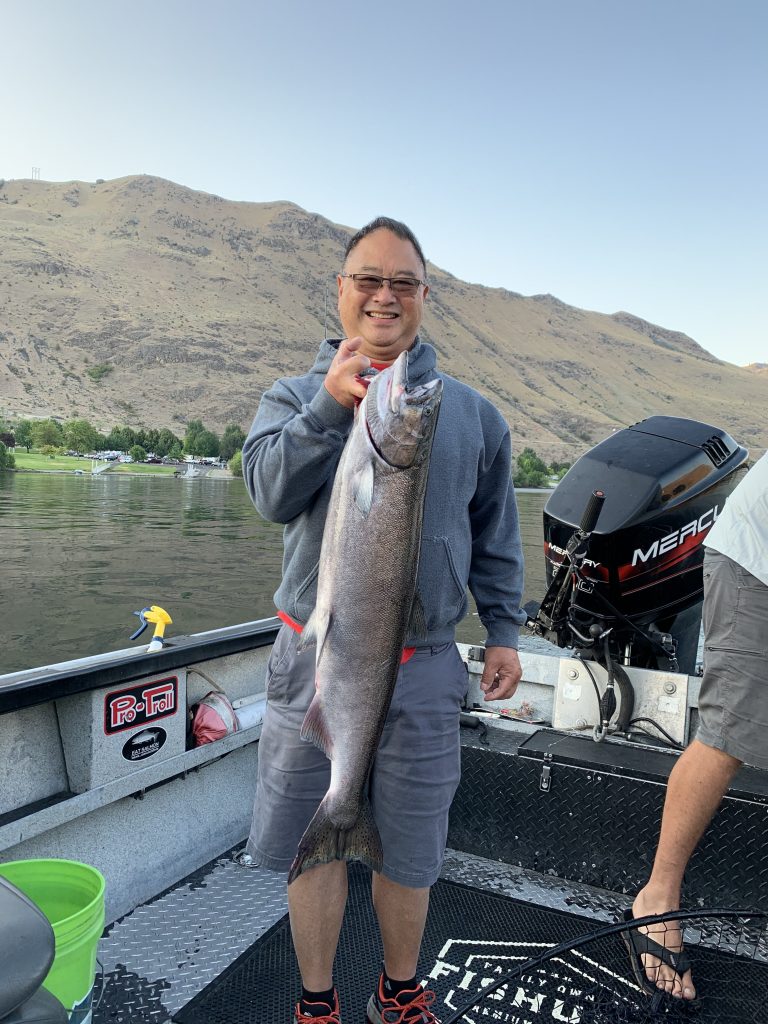
The lower river “tule” hatchery Chinook (a driver for ocean salmon fisheries) is predicted at 73,000 (73,100 and 74,700 in 2021 and 51,000 and 77,900 in 2020) and 89% of the 10-year average.
The lower river wild forecast is 10,800 (20,000 and 16,900 in 2021) and 56% of 10-year average; and the lower river bright is 8,700 (8,800 and 7,800) and about 148% of the 10-year average.
Other forecasts include the Bonneville Pool hatchery at 91,200 (46,800 and 73,700) and about 128% of the 10-year average; the pool upriver bright is 70,200 (77,400 and 66,000) and about 75% of the 10-year average; and the select area bright is 600 (500 and 2,200) and 7% of the 10-year average. The Snake River wild Chinook return for 2022 was unavailable but the 2021 forecast was 11,000.
The 2022 Upper Columbia summer Chinook return of 57,500 is down from a forecast in 2021 of 78,800 but somewhat better than an actual return of 56,800 and was the 15th largest since 1980. It is also way up from 38,300 forecast and an actual return of 65,494 in 2020, and 36,340 and 34,619 in 2019.
The 2022 overall return is expected to include 34,200 age-four fish, 22,900 age-five fish, and 400 age-six fish. If accurate, this projection would represent the 15th highest return since 1980 and be 83% of the average return observed over the past decade
Fishing for summer run kings also known as “June Hogs” was open in July of 2021 and generated fair to good fishing near Rocky Reach Dam to Chelan Falls and many open areas downstream.
The bulk of the 2021 summer Chinook fishery occurred July 1-Oct. 15 (season was open with marked selective fishery regulations in various locations including tributaries) upstream of Priest Rapids Dam saw 29,208 angler trips with 5,057 adult Chinook kept and 1,952 released (compared to 39,420 angler trips in 2020 with 4,742 adult Chinook kept and 1,772 released).
The 2021 summer Chinook fishery June 16-July 5 (open for sockeye and steelhead only from June 16-July 31) in Lower Columbia from Astoria Bridge to Bonneville saw 28,868 angler trips with 2,134 adult Chinook kept and 998 released, plus 534 sockeye kept and 72 released and 1,048 steelhead kept and 950 released.
Coho will remain the bread and butter for coastal and Columbia River fisheries, and this could be another banner year with a forecast in 2022 of 1,225,900 (1,732,900 was the forecast and 1,114,500 was the actual return in 2021).
You’d need to rewind to at least 2015 when the forecast was 1,015,000 to find anything closely resembling the 2022 forecast and 2021 actual return.
A key driver in limiting the ocean fisheries last year was the Queets River, which saw poor returns, although the 2022 expected return is improved along with other coastal coho forecasts that shouldn’t be a hinderance.
“There is positive news for most coastal coho stocks,” said Kyle Van de Graf, the WDFW coastal salmon manager. “”Queets natural coho have been a pivotal stock, and 18,200 is well above recent years, which is very good to see.”
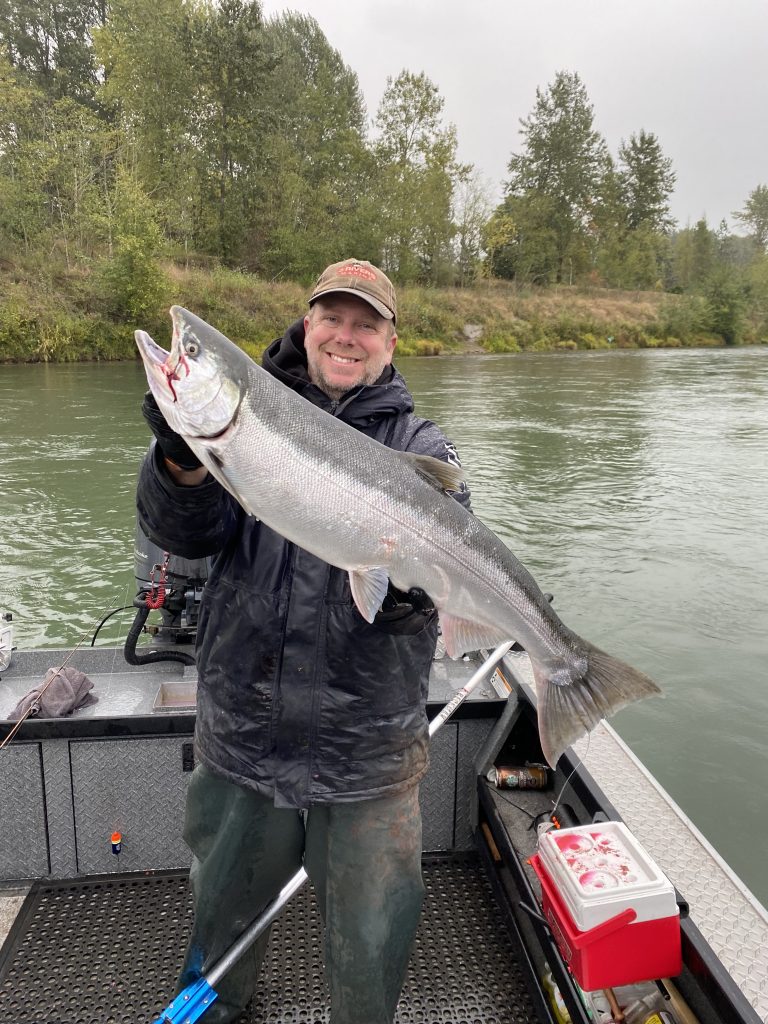
Coastal hatchery coho show a 56% improvement and the wild coho are up slightly less than 2% compared to the 2021 forecast. The recent 10-year average for hatchery coho is up 45% and wild coho is up 54%.
Coastal hatchery Chinook show a 3% improvement and wild Chinook remains neutral compared to the 2021 forecast. The recent 10-year average for hatchery Chinook is up 10% and wild Chinook is up 8%.
Anglers should also see a noticeable improvement on sockeye success in the Columbia during late spring and early summer with a forecast of 198,700 up from 155,600 in 2021 and an actual return of 152,309. The 2022 forecast is 64% of the 2012 to 2021 average total return of 308,728.
While it might not be anywhere near the 2020 return of 345,018 – the highest return since 2016 – it should generate some fairly good fishing at places like the Brewster Pool.
The Okanogan sockeye run forecast of 175,700 (127,300 was forecast with an actual return of 105,492 in 2021) is the key driver in summer upper river fisheries where many linger in the Brewster Pool, a popular early-summer deep-water salmon fishing location on the Upper Columbia.
Sockeye migrate from its confluence just below Chief Joseph Dam, north into its headwater lakes in British Columbia that is known for its notoriously warm water and changing river flow patterns in the summer.
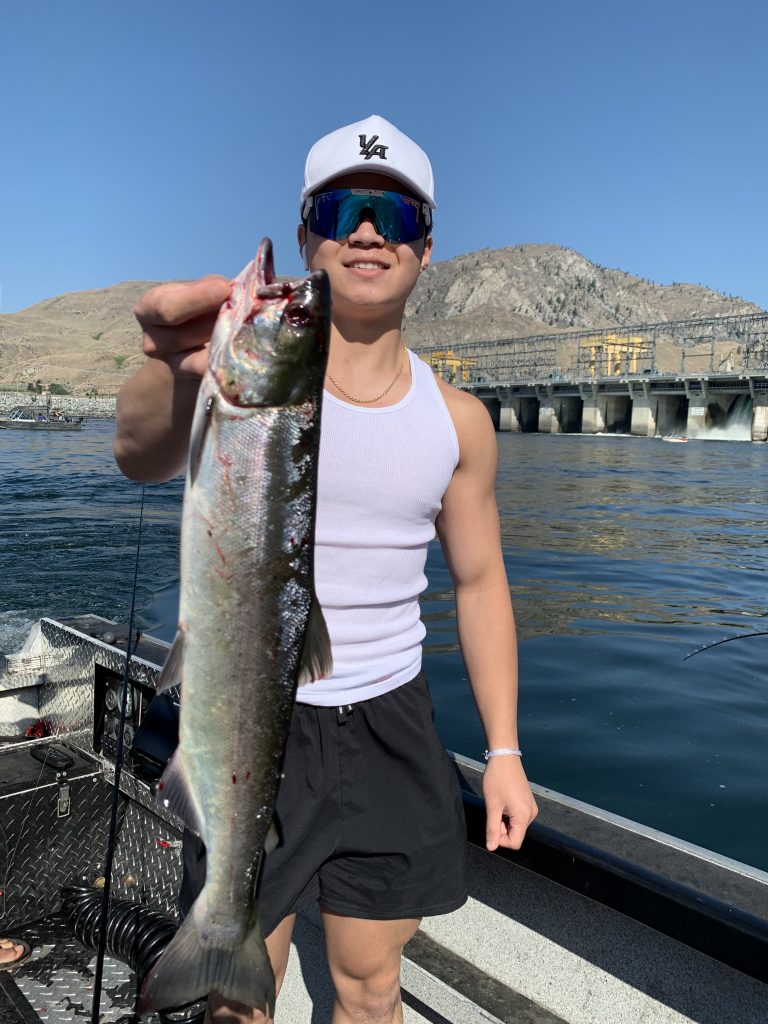
The summer-migrating sockeye are learning to adapt their upstream migration timing in recent years therefore most fish returns are peaking sooner than later in the summer. Over the past few decades, the run would peak by early July but it’s shifted to late June and has resulted in higher sockeye survival in recent years.
The Lake Wenatchee sockeye forecast is 19,200 (27,300 was forecasted in 2019 with an actual return of 41,219) and falls below the escapement objective and could put the highly popular mid- to late-summer sport salmon fishery in jeopardy. The annual escapement goal is 23,000 sockeye at Tumwater Dam and only then a lake fishery can be considered.
In Puget Sound, Chinook and coho forecasts are mixed bag with stocks of concern for Chinook pointing to Nisqually, Stillaguamish, and Snohomish. Issues for coho are the Puyallup, Snohomish, Strait of Juan de Fuca, and Hood Canal.
While Puget Sound wild Chinook have been an ongoing issue in years past, it looks like the 2022 wild forecast is up 6% compared to 2021 forecast but still 40% down from the 10-year average.
The 2022 Puget Sound hatchery Chinook forecast is up 7% and wild Chinook is up about 6% compared to the 2021 forecast. The wild forecast is 31,444 (26,960 in 2021) and the hatchery forecast is 218,996 (204,386 in 2021).
A breakdown by river systems – Skagit summer/fall, 512 hatchery and 12,508 wild (512 and 10,461); Skagit spring, 4,056 and 2,496 (3,613 and 1,556); Snohomish, 13,651 and 2,423 (11,811 and 2,922); Stillaguamish, 548 and 342 (587 and 325); Lake Washington, 4,493 and 714 (3,664 and 746); Green, 20,006 and 4,055 (20,419 and 3,949); Puyallup, 17,959 and 1,372 (16,437 and 1,398); Nisqually, 18,468 and 800 (13,887 and 911); White River spring, 1,544 and 2,958 (1,302 and 2,623); Nooksack/Samish, 31,881 and wild forecast not available yet (20,024 and not available yet); and south Sound hatcheries, 27,134 (22,239).
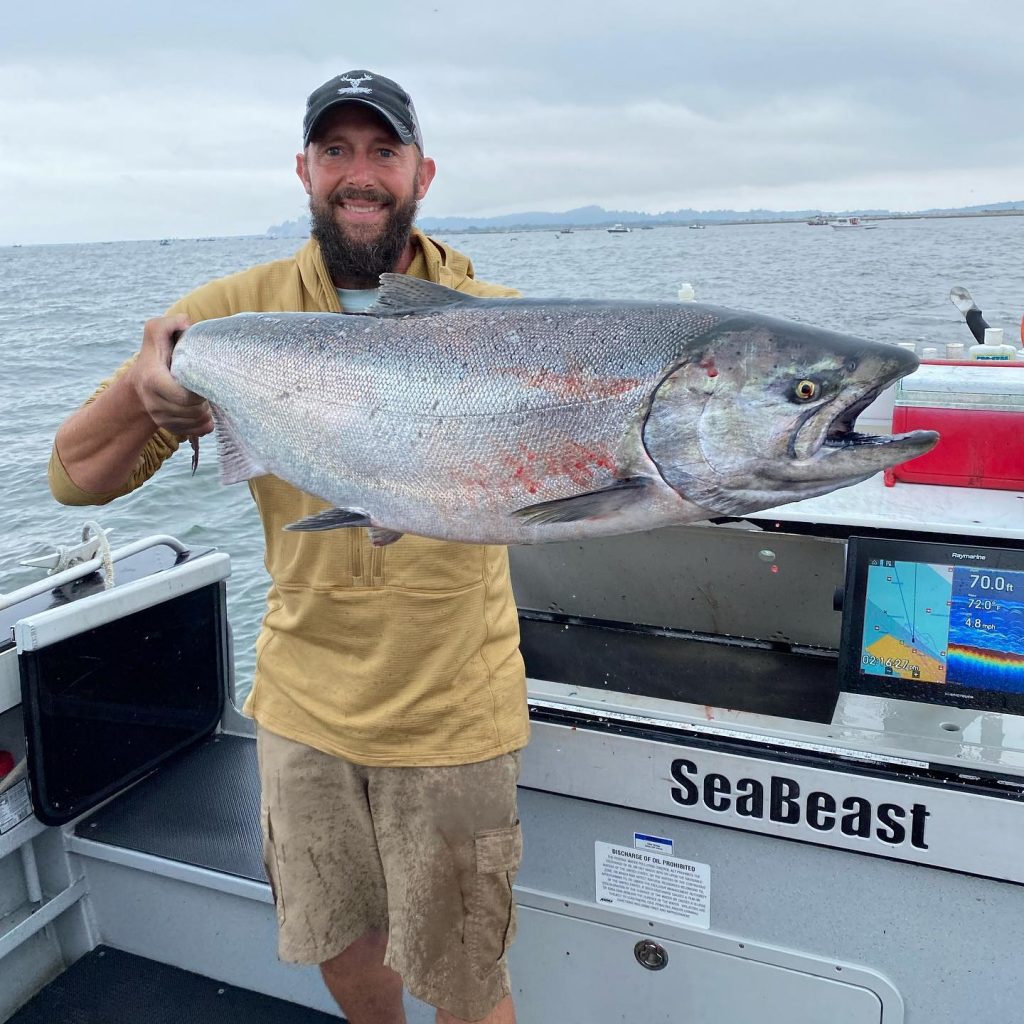
Other Chinook forecasts are – Skokomish, 27,380 and 532 (32,986 and 278); Hoodsport, 28,012 (33,644); Mid-Hood Canal wild, 12 (18); Elwha, 3,893 and 183 (4,584 and 216); Dungeness, 310 and 596 (346 and 358); and Hoko, 798 and 1,917 (441 and 681).
Looking at the overall picture the Puget Sound-wide hatchery coho forecast shows an 8% improvement and wild coho are up 9% compared to 2021 forecast. The recent 10-year average for hatchery coho is up 61% and the wild coho is up 29%.
The combined Puget Sound hatchery and the wild coho forecast is up 666,648 compared to 614,948 in 2021; 504,604 in 2020; 708,521 in 2019; and 557,149 in 2018. A dissection of predicted coho returnees, 399,613 are hatchery and 266,855 are wild (369,059 and 245,889 in 2021; 341,895 and 162,709 in 2020; 417,319 and 293,980 in 2019; and 307,975 and 249,174 in 2018).
Fishery managers will keep tabs on wild coho returns to rivers like the Snohomish, which remains in rebuilding status after experiencing poor escapements in recent years, in planning fisheries throughout marine waters.
The wild coho spawning escapement goal is 55,000 for the Snohomish, which expects a forecast of 64,218 wild fish (60,000 in 2021) and 22,559 hatchery fish (29,938).
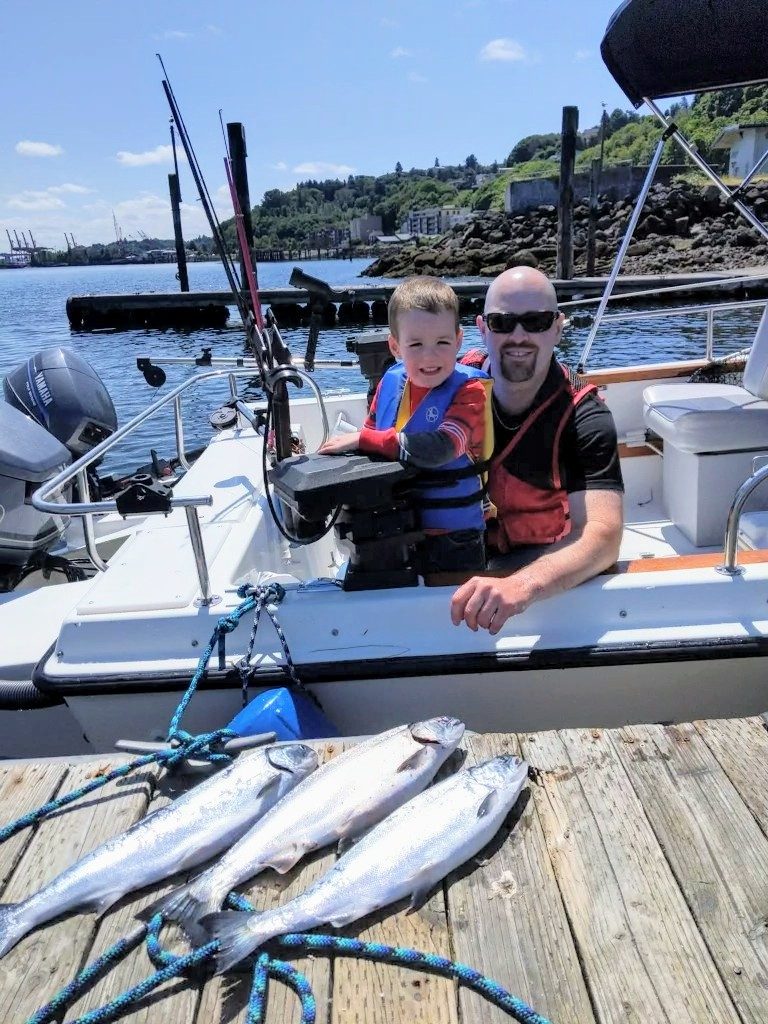
Other 2022 coho forecasts are – Skagit, 21,273 hatchery and 80,378 wild (22,017 and 58,434 in 2021); Nooksack/Samish, 73,842 and 36,046 (54,569 and 34,261); Stillaguamish, 1,937 and 24,892 (4,004 and 26,828); Lake Washington, 12,889 and 1,287 (6,218 and 1,588); Green River, 75,922 and 4,038 (75,962 and 1,557); Puyallup, 26,512 and 3,834 (30,758 and 10,093); Nisqually, 12,747 and 3,880 (13,815 and 3,239); and deep-southern Puget Sound, 81,263 and 20,965 (68,104 and 11,234).
Strait and Hood Canal coho forecasts are – Dungeness, 8,547 and 586 (10,131 and 716); Elwha, 2,402 and 1,193 (1,416 and 213); other Strait rivers, 7,430 wild (6,684); and all of Hood Canal, 60,506 and 21,108 (54,227 and 30,304).
The Puget Sound/Hood Canal fall chum return continues to struggle and the 2022 hatchery component is down 49% and the wild is down 40% compared to the 10-year average.
In general, chum returns are improved over the 2019 and 2020 forecasts, but they pale in comparison from 2013 to 2018 when the combined forecasts were close to or above 1.5-million mark.
The 2022 fall wild and hatchery chum prediction is 723,611 (525,604 in 2021; 874,307 in 2020; and 1,035,835 in 2019). In Hood Canal the chum forecast is 306,488 (273,396, 471,810 and 518,645) and southern Puget Sound is 189,460 (121,078, 309,573 and 263,171).
Other 2022 wild and hatchery chum forecasts are 40,410 for Nooksack/Samish; 20,684 for Skagit; 45,375 for Stillaguamish; 17,619 for Snohomish; 102,247 for central Puget Sound; and 1,328 for Strait of Juan de Fuca.
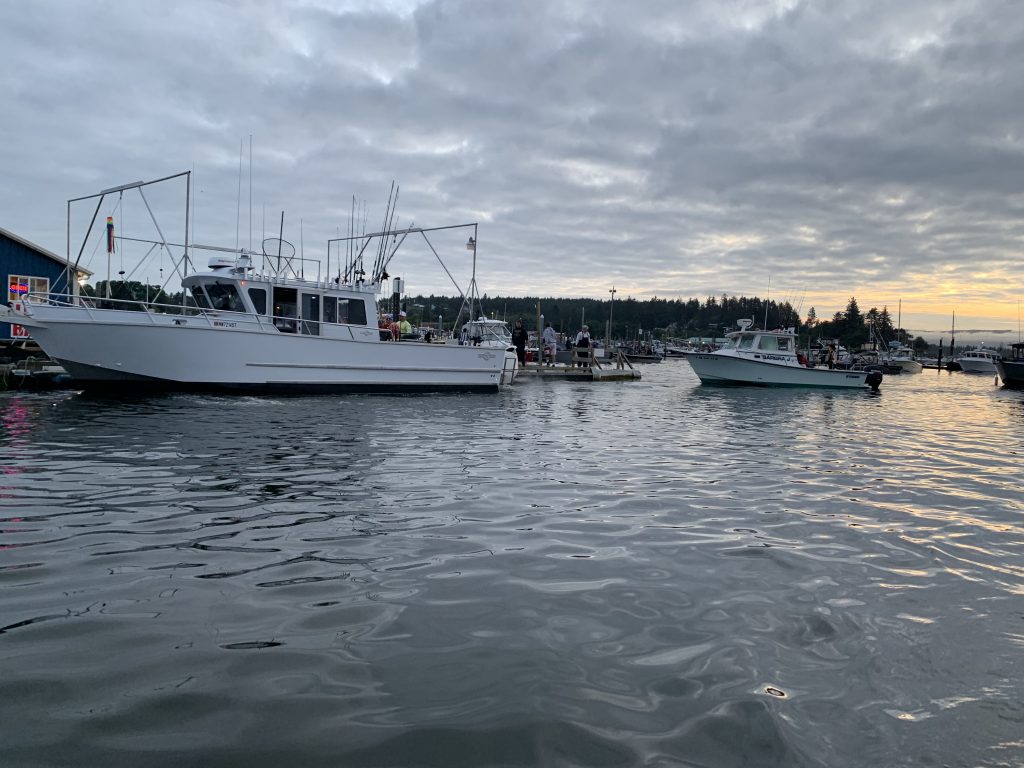
The Lake Washington sockeye numbers continue to tumble with an 86% decline and the Bake Lake prediction remains neutral compared to the 10-year average.
The Lake Washington sockeye numbers could hit an all-time low with a 2022 forecast of 10,165 (24,807 in 2021; 20,166 in 2020 and 15,153 in 2019).
The Lake Washington sockeye spawning escapement goal is 350,000 before any fisheries can be considered. The last time it was open for sport fishing was 2006 when 453,543 returned. Since then, the run dipped dramatically to 25,123 in 2018 and 22,165 in 2009, but had 100,000-plus returns in 2017, 2013, 2012 and 2010.
Despite ramped up hatchery production at the Cedar River’s Landsburg Hatchery facility to mitigate the loss of sockeye, state, and tribal fishery biologists in 2021 looked for alternative ways to help boost recovery that included capturing and transporting fish from the Ballard Locks to the hatchery. A return of more than 38,000 in 2021 was the most since 2017.
Early indications by WDFW show this by-pass is a proven success and only time will tell. For many years, sockeye have been taken from the fish weir at the Cedar River mouth and transported directly to the hatchery to boost survival too.
There’s a myriad of barriers sockeye need to deal with from smolt predation in the lake by cutthroat trout, bass, yellow perch and northern pikeminnows as well as increased pre-spawn mortality rates, and extremely warm water, disease and low dissolved oxygen levels in the Lake Union Ship Canal and Lake Washington.
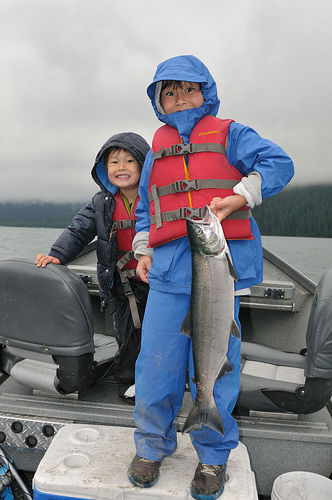
On paper, the 2022 Baker Lake sockeye forecast appears improved at 27,081 (12,253 in 2021; 13,242 in 2020; and 33,737 in 2019). If the run comes in as forecast it should generate some summer fishing in the lake itself, although any fishery in the Skagit River itself remains up in the air.
The next steps in the season setting process are determining if there’s a harvestable surplus; propose fisheries and predict catches; model fisheries to shape which stocks are of conservation concern and constraining fisheries; negotiate with tribal co-managers and other states for equitable catch sharing plans and impacts on weak salmon stocks; and then finalize all fisheries in Washington, Oregon, and California.
In this morning’s meeting Marisa Litz, the WDFW resident scientist for fish management, said the good news is ocean conditions continue to see improvements and for the second year in a row there were no issues. This could equate to positive things for migrating salmon in the next year or two years.
Upcoming salmon meetings
March 8-14, the PFMC meeting at the DoubleTree by Hilton Hotel in San Jose, CA, will adopt initial 2022 ocean fishing options; March 16, 9 a.m.-12 p.m., the WDFW North of Falcon (NOF) public meeting will discuss fisheries in Puget Sound, Strait of Juan de Fuca, Willapa Bay, Grays Harbor and ocean areas north of Oregon; March 30, 9 a.m.-12 p.m., the WDFW North of Falcon (NOF) public meeting is a follow up to discuss fisheries in Puget Sound, Strait of Juan de Fuca, Willapa Bay, Grays Harbor and ocean areas north of Oregon; and April 6-13, the PFMC meeting will adopt final salmon fishing seasons at the DoubleTree by Hilton Hotel at Sea-Tac.
For a complete list of other regional meetings, go to the WDFW website.
(Mark Yuasa is a Washington Department of Fish and Wildlife Communications Consultant and longtime contributor to ESPN 710 KIRO The Outdoor Line. He also was the fishing and hunting reporter at The Seattle Times for 28 years.)

